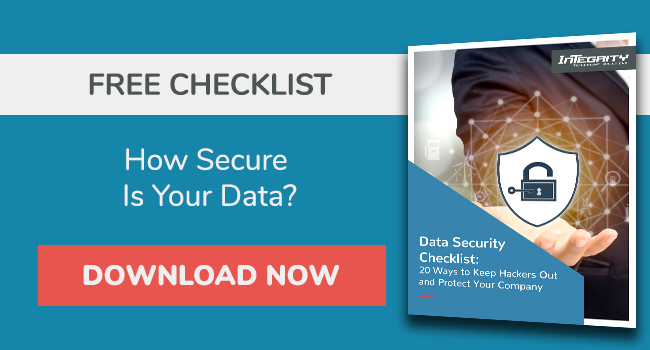4 Types Of Data Migrations

Have you ever switched core service platforms in your business?
Or, have you dealt with new regulations in your industry?
Maybe you’ve acquired another firm.
If your business has experienced any of those scenarios—or expects to in the near future— chances are that you’ll need to transfer data from one place to another.
That’s called a data migration, and there are several types.
Before we dig into the kinds of data migration, let’s look at what it actually means.
What Is Data Migration?
Data migration is transporting any amount of data between computers, storage devices, or formats.
Often, companies use data migration software or scripts to perform the bulk of the migration.
However, these data migration tools should only be used after careful planning.
Through 2024, Gartner predicts that “60% of infrastructure and operations leaders will encounter public cloud cost overruns that negatively impact their on-premises budgets.”
Those overruns may be due to factors such as working with the wrong team to complete the migration and the hidden costs associated with doing so.
There are four main types of migration.
Each type requires its own migration data migration strategy with sufficient planning beforehand and validation afterward to prevent data loss.
1. Storage Migration
If you’ve ever transferred business data from disks to the cloud, you’ve done a storage migration.
Storage migrations are when data is transferred from one storage medium to another.
Technology refreshes are a great time to move data, often to a cloud environment.
When new technology becomes available, transferring your data to that technology can be attractive because of the efficiency, cost, or experience of accessing and using the data in the new format.
Many tools and products are available to ease migrating your stored data.
2. Database Migration
Databases often live at the heart of the technologies we use every day.
Therefore, it’s no surprise that businesses change database vendors, upgrade their software, or move their database to the cloud.
Before migrating, companies must include these steps in their data migration plan:
- Assess the size of the database.
- Test applications using the database.
- Guarantee data confidentiality within the database.
- Test the data migration process for compatibility.
Following these steps, and using comprehensive database migration tools, will help further ensure data quality.
3. Application Migration
Similar to a database migration, application or system migrations take place when companies switch vendors or platforms.
Examples include implementing a new HR system or switching from one CRM to another.
Companies executing a software migration must make sure their data can be communicated between the two applications.
Each application may have a unique data model, so attention must be paid to its data sources and how that data is formatted.
After all, an application is only as good as the data within it.
Companies have a variety of ways in which they can successfully complete software migrations:
- They may use middleware to bridge technology gaps.
- They may use scripts to migrate data automatically.
- They may protect data integrity by using an API.
- They may work with a provider to manage these processes on their behalf.
4. Business Process Migration
Finally, a business process migration is the complex transfer of applications and databases containing information about customers, products, and operations.
These examples are best seen in mergers and acquisitions, business optimizations, and reorganizations.
Data migration projects can be easy, but they must be planned for and validated once they’re finished to end on time and within budget.
Integrity is a managed security service provider that performs data migrations, specializing in compliance and working with regulated businesses and organizations. Integrity features a fully staffed help desk that provides immediate response and support, a dedicated information security team, and a C-suite of experienced technology advisement resources ready to help your business.
Is your data secure after completing a migration? Use this complimentary checklist to assess the security of your data!

